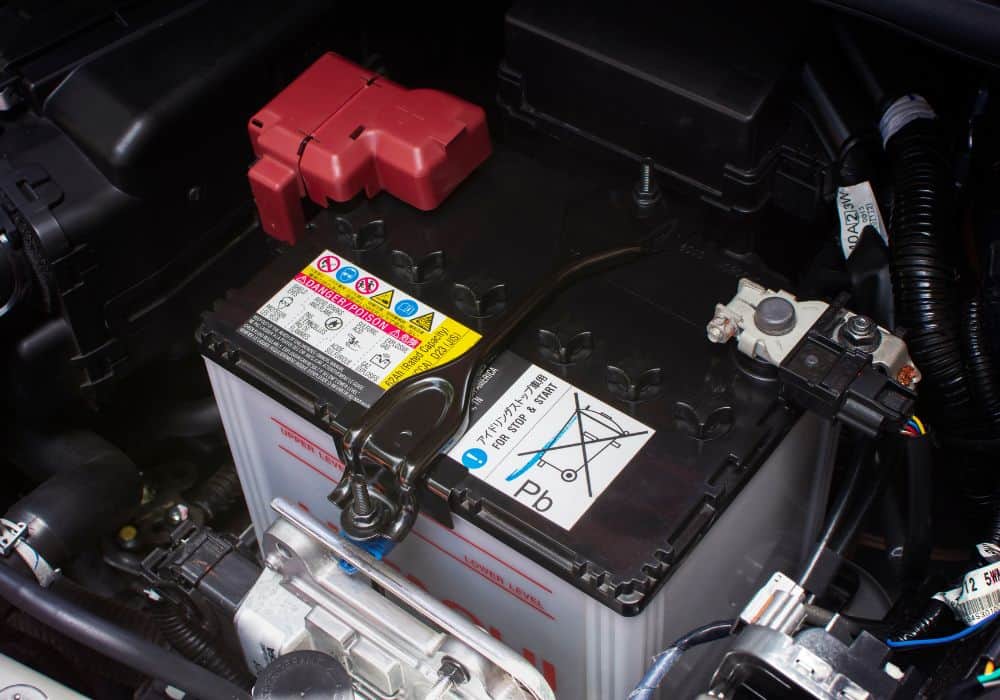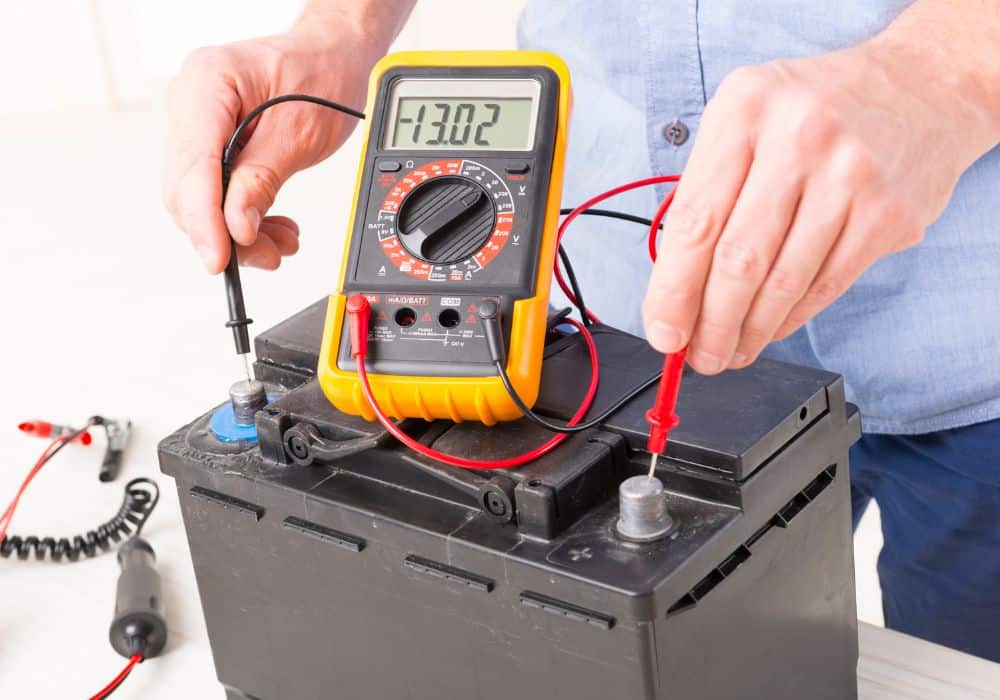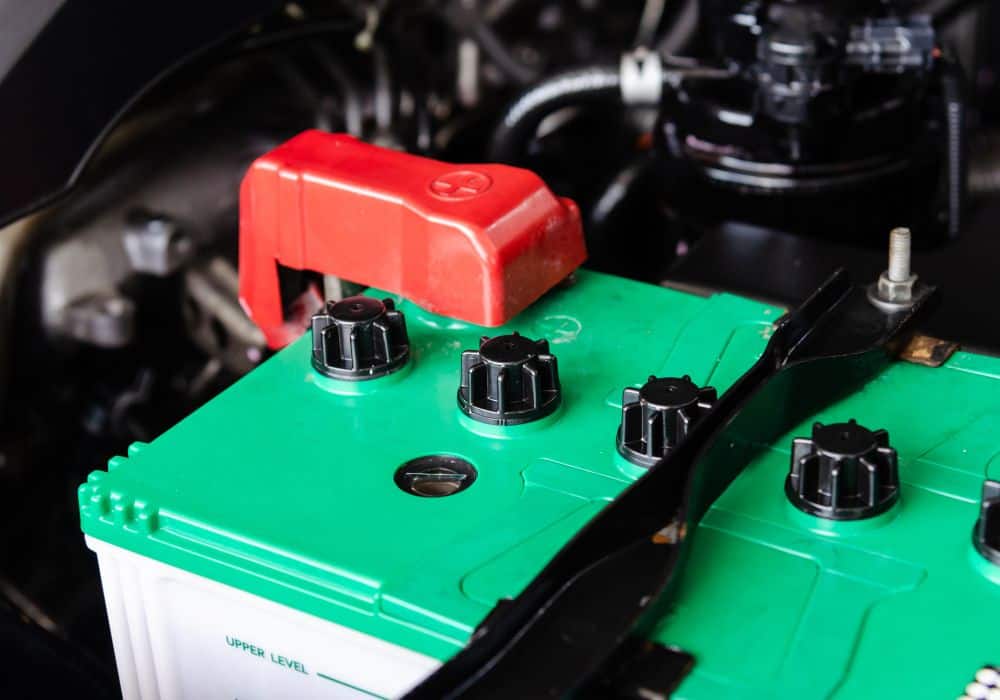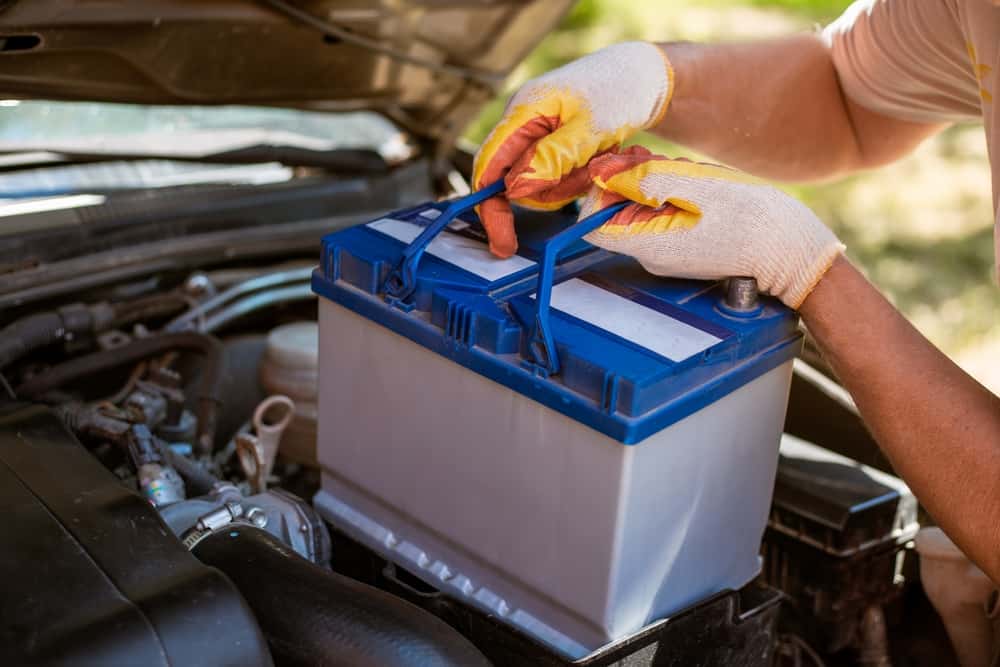A car battery is typically rated in amps, mostly lead-acid batteries. This is important because knowing how many amps your battery can handle will help you determine whether you should get a new one or choose a better car battery charger.
But do you know how much power your car battery amps have? And do you know what amps are?
Well, if you’re looking for the answer to this question, you’ve come to the right place!
Table of Contents
What Is An Amp?
First things first: What does “amp” mean? Amp is short for an Amperage. An amp-hour or Ampere-hours (abbreviated as Ah) is a measurement of electric current. It refers to the amount of current that flows through a circuit or wire. In short: amps are like water pressure—the more amps there are flowing through something, the more pressure there is on it (and vice versa).
If you’re used to thinking about electricity in terms of volts (like we do with our house power), then amps may sound unfamiliar.
For a simple answer: the average car battery has about 150 to 1000 amps of maximum current capacity. That’s enough to start most cars!
To better understand this: If you have 12-volt car batteries with a capacity of 100Ah (Amp-hours) and want to know how many amps it can deliver, you’d multiply 100Ah by 12V. That would give you 1,200A—the answer!

How Amps Work
The amp, or ampères, is a unit of power. It’s measured in milliamps (mA), so if you want to know the number of amps your circuit is pulling while it’s operating, use this formula:
Amps = Watts / Volts
So if you’re using 100-watt headlights or a light bulb and you’ve got a 12-volt car battery supplying your circuit, then the current flow through it will be:
Amps = 100 watts / 12 volts = 8.3 amps
Here’s a video explaining more about volts, amps, and watts.
How To Locate Your Car Battery’s Amps
Finding the ampere rating on your car battery can be a little tricky, but with a little sleuthing, you’ll be able to do it in no time.
First, look at the label on your battery. If there’s an “A” in front of the number, that’s your amp rating. For example, A55 or A100 means that this is an amp-rated battery. If there’s no “A” or a “C” in front of the number, you have to move on to step two.
If you don’t have access to the label, you can also figure out what type of rating your battery has by looking at its battery voltage and capacity ratings. If both are listed as 12-volt batteries, and each is around 50 amps (for example), then it’s probably an amp-rated battery. If one is a 12-volt battery and one is 24 volts, then it’s most likely not rated for amps.
If you need a label, try looking on the website for the car manufacturer. Some companies list this information online so that you can see if it’s compatible with your car before purchasing one.
So how many amps are in our car batteries?
How Many Amps Is A Car Battery?
The average car battery has 12 volts, which means it can put out a maximum of 48 amp-hour battery. This is important to know if you need to figure out how many amps you need to power your device. For example, how long will it last if you want to run a 10-amp fan on your car’s battery? Here’s the math:
10 amps x 12 volts = 120 watts. A watt is equal to 1 amp x 1 volt, so in this situation, we have 120 watts being used by our fan.

To calculate how long the fan will run using only the car battery, we’ll divide the number of watts by the number of volts: 120 / 12 = 10 hours! In other words, that’s how long our fan will run without blowing a fuse or tripping any breakers because of its high draw-on power.
The higher the amps, the higher the cold cranking amps (CCA), and the more powerful a car battery will be.
What Do Cold Cranking Amps Mean?
Cold Cranking Amps (CCA) measure your car battery’s ability to crank the engine in cold weather. It’s a very important rating because when you start your car on a cold day and go for a drive, there’s no time for your engine to warm up.
A higher CCA rating on your car battery means the more powerful it will be. The lower this number is, the less powerful it will be.
Also, the size of a car battery is important because it dictates how much power you need to get your vehicle started. A car with a larger engine and more accessories will need more amps than one with a smaller engine and fewer accessories. The size of your battery can also depend on where you live because colder climates require more starting power due to the increased demand for heat in the winter months.
If you drive an electric car, your battery provides 100 amps of current.

It’s more complicated for internal combustion engines. The amount of current an engine draws depends on the load. An engine running at idle will draw much less power than one at full throttle.
For example, a typical car might take about 15 minutes to fully charge its battery from a 240-volt charger, but it can take only about 2 minutes to empty it if you floor the accelerator pedal in first gear and then shift into neutral.
Here are some examples of how much current different types of vehicles draw according to Home Battery Bank:
- Smaller cars and hybrids: 40 amps
- Medium-sized sedans and SUVs: 50 amps
- Bigger SUVs and trucks: 75 amp-hours
Conclusion
You now have a better idea of how many amps is a car battery. We should note that it’s possible to damage the battery by trying to draw more current than it can provide.
If you’re looking for something that goes into more detail on the subject, we suggest checking out the amp hour chart on car batteries and their capacities from Learn Metrics.
